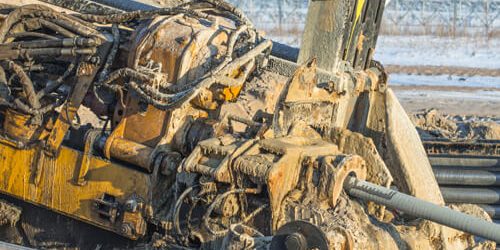Pipe bursting is becoming more and more sought out as a recent report declares it as one of the fastest growing industries in the plumbing sector. Pipe bursting is an innovative, effective process that has replaced underdeveloped, dated sewer, gas and water lines. During the initial stages, the main pipe is opened and forced away by a bursting tool and a hydraulic enlargement head is pulled through the existing pipeline until breakage occurs, providing room for a new pipe to be installed.
According to a recent report, Global Pipe Bursting System Industry Research Report 2021, many reputable pipe bursting companies are available, and some can be found on the NoDig directory page, offering quick access to some of the country’s most reputable contactors. Trenchless Equipment, Perma-Liner Industries, Faction Fusion and Roddie Inc. are just a few examples of the specialists featured on the NoDig platform.
Often there are five essential pieces of equipment used in a pipe bursting operation: the expander head, pulling rods, a pulling machine, a retaining device and a hydraulic power pack.
With time, this method has evolved, and expander heads are now available with a small leading end, enabling professionals to access the interior of the pipe that will be replaced.
The smaller leading end is designed to guide the expander head through the existing pipe, but previous models did not have this feature, often losing course, resulting in incomplete pipe bursts and project failures.
Pipe bursting may also be used to expand pipeline carrying capacity by replacing smaller pipes with larger ones. Extensive work by the gas and water industries has demonstrated the achievability of upsizing gas mains, water mains and sewers. Upsizing from 100mm to 225mm diameter is now well established, and pipes of up to 36 inch in diameter and greater have been replaced.

What are the Benefits of Google’s Local Services Ads



